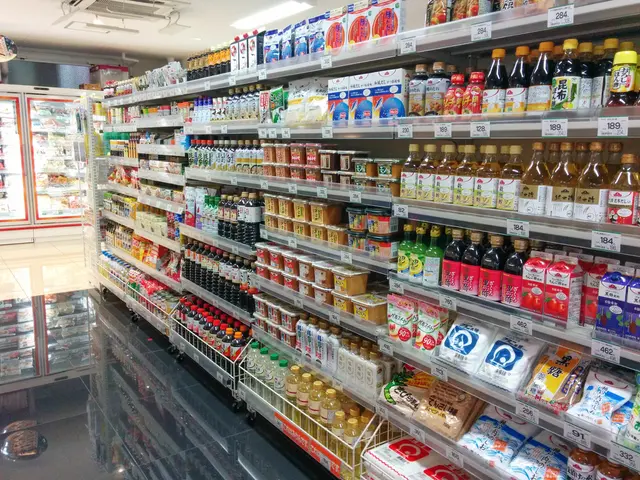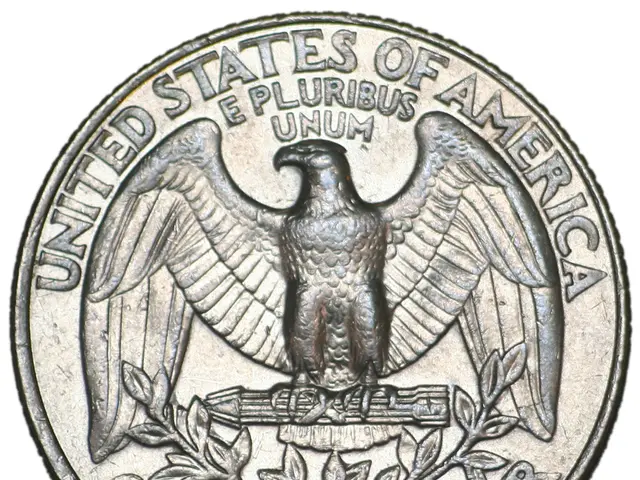Inconsistent Gold Prices Across Indian Cities: Fluctuation in Local Spot Rates
Gold pricing in India is a complex interplay of various factors, including global market trends, domestic demand, import duties, and currency fluctuations. Unlike many other countries, India does not have a single benchmarked spot price for gold, with prices varying across different cities due to local market conditions and the presence of multiple importers and traders.
Factors Influencing Gold Prices in India
The international gold market significantly impacts Indian gold prices. Movements in global gold prices, influenced by geopolitical tensions, economic conditions, and central bank policies, are reflected in Indian markets.
India imposes a basic customs duty of 15%, along with a 3% Goods and Services Tax (GST), and additional cesses on gold imports. These duties increase the cost of gold for consumers and traders.
The depreciation of the Indian rupee against the US dollar can also increase the cost of gold imports, leading to higher prices in domestic markets.
Domestic demand, particularly during cultural and festive periods, plays a crucial role in gold pricing. During peak wedding seasons or festivals like Diwali and Dussehra, demand surges, contributing to price increases.
Pricing Mechanism
The absence of a single benchmarked spot price in India means that gold prices can differ significantly across cities. Key factors contributing to these variations include regional supply and demand, varying trader and retailer margins, and transportation costs.
Current Pricing Scenario
As of 2025, gold prices in India have been rising, with some cities reporting prices above ₹97,200 per 10 grams for 24-karat gold. This increase is driven by a combination of global economic uncertainty, strong local demand, and domestic factors like import duties and currency fluctuations.
Investment and Trading
Investors and consumers must monitor both global and local market conditions to make informed decisions about buying or selling gold. The lack of a single benchmarked spot price means that market participants need to be aware of the different prices across cities and adjust their strategies accordingly.
The Indian Bullion and Jewellers Association publishes the rates of 24, 22, 20, 18, and 14 carat gold on their website, providing valuable information for those interested in the gold market.
The World Gold Council advocates for setting up a spot gold exchange for the entire country and having a single benchmarked spot price, which could improve market transparency and protect the interests of market participants and end consumers.
In cities without a common 22 carat gold price, the price can vary from jeweler to jeweler. The rate of 22 carat gold at the jeweler is lower than that of 24 carat gold. Jewellery available in retail stores in India is mostly 22 carat or 916 purity, containing 91.6 grams of pure gold in 100 grams of alloy.
In conclusion, understanding the factors influencing gold prices in India is crucial for both investors and consumers. By staying informed about global and local market conditions, and being aware of the variations in gold prices across cities, individuals can make informed decisions when buying or selling gold.
Gold pricing variations in different cities across India are influenced by factors such as regional demand, trader and retailer margins, transportation costs, and local market conditions. To stay informed and make educated decisions when buying or selling gold, it's essential to consider both global and local market conditions and be aware of the different prices across cities.
Moreover, the absence of a single benchmarked spot price in India highlights the need for improved market transparency, and the World Gold Council is advocating for a spot gold exchange across the country, aiming to establish a single benchmarked spot price to better protect the interests of market participants and end consumers.




